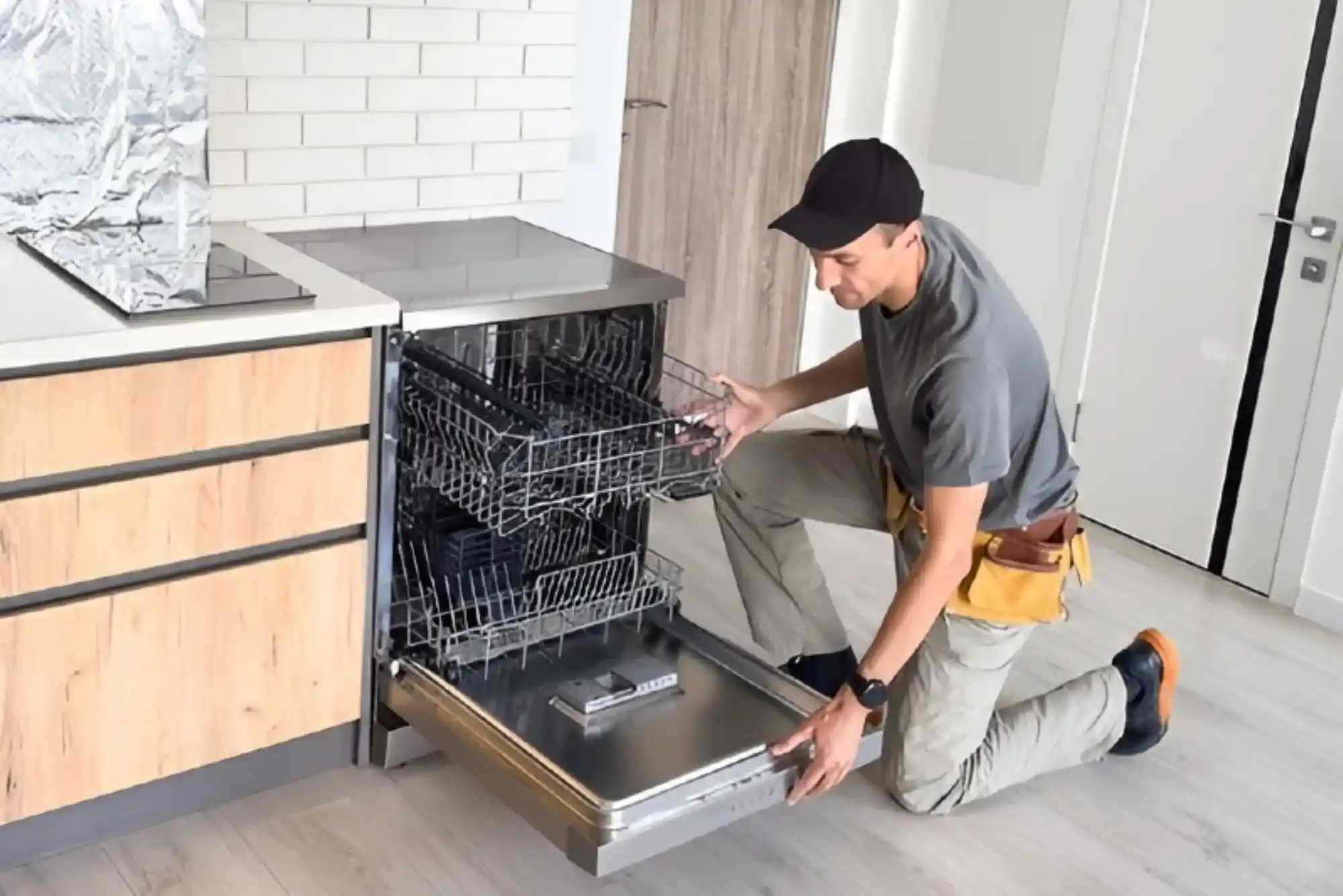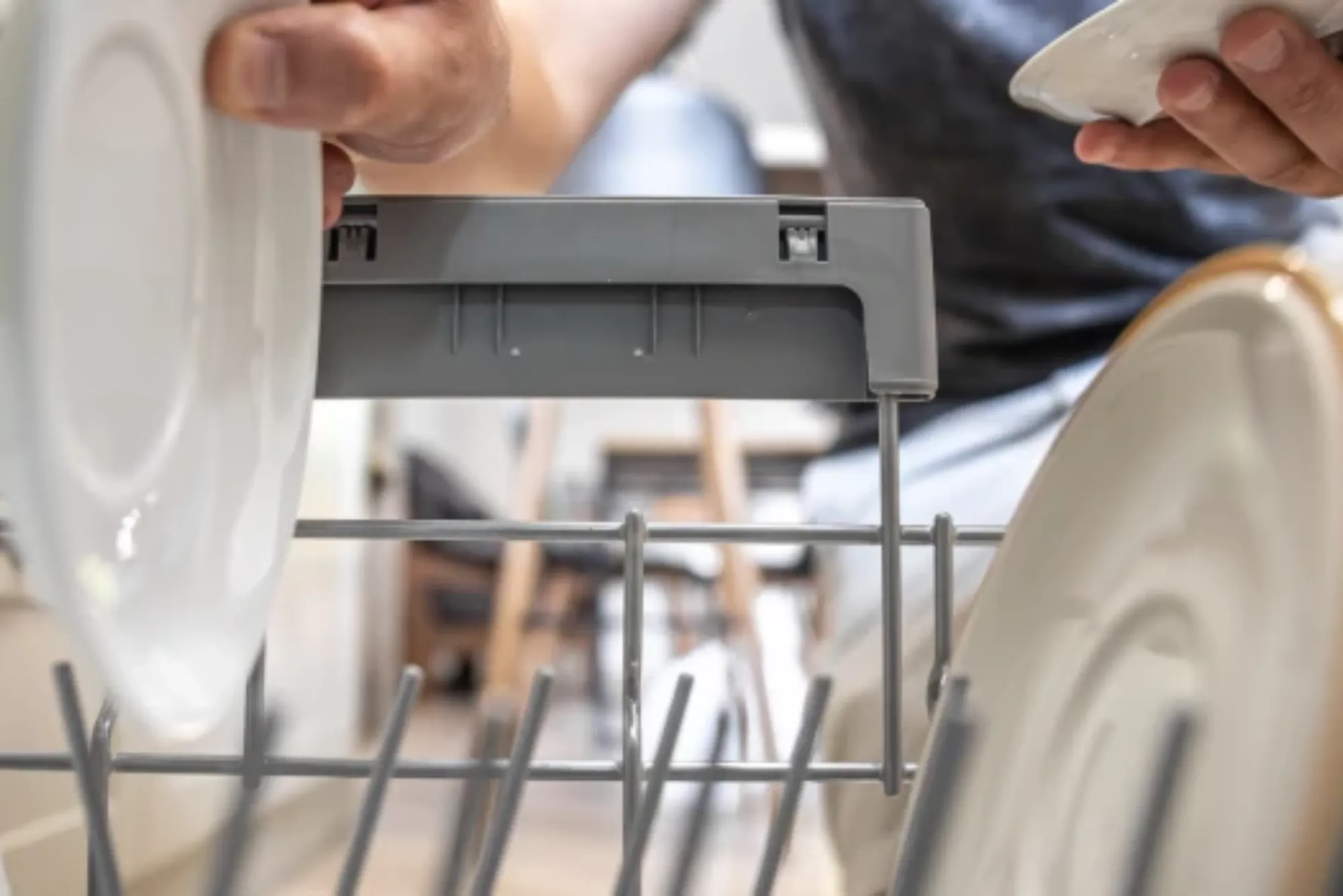When it comes to choosing the right inverter for a solar system, homeowners often find themselves comparing string inverters and microinverters. Each option has its unique characteristics, and understanding these differences can help consumers make an informed decision. They can consider the advantages and ideal use cases for each type of inverter, including the popular offerings from Sungrow.

Understanding String Inverters
String inverters are the most common type of inverter used in residential solar systems. They connect multiple solar panels in series, converting the direct current (DC) generated by the panels into alternating current (AC) for household use. One of the primary advantages of a string inverter is its cost-effectiveness. They typically have a lower upfront cost compared to microinverters, making them a budget-friendly option. Additionally, they are easier to install and maintain, which appeals to many homeowners.
The Benefits of Microinverters
Microinverters, on the other hand, are installed on each individual solar panel. This setup allows for independent operation of each panel, which can be beneficial in situations where shading or varying orientations affect performance. Microinverters also provide enhanced monitoring capabilities, enabling homeowners to track the performance of each panel individually. While they tend to have a higher initial cost, the increased efficiency in certain conditions can lead to better overall energy production.
Ideal Use Cases
Choosing between a string inverter and a microinverter often depends on specific circumstances. For homeowners with unshaded roofs and a straightforward installation, a string inverter may be the best choice. In contrast, those with shaded areas or complex roof layouts might benefit more from microinverters. Sungrow offers both options, allowing consumers to select the right inverter based on their unique needs.
Conclusion
In conclusion, both string inverters and microinverters have their advantages and ideal use cases. By considering factors such as cost, installation, and monitoring needs, homeowners can determine which option is best for their solar system. Whether they choose a string inverter or a microinverter, understanding these differences will lead to a more informed and satisfying solar investment.



